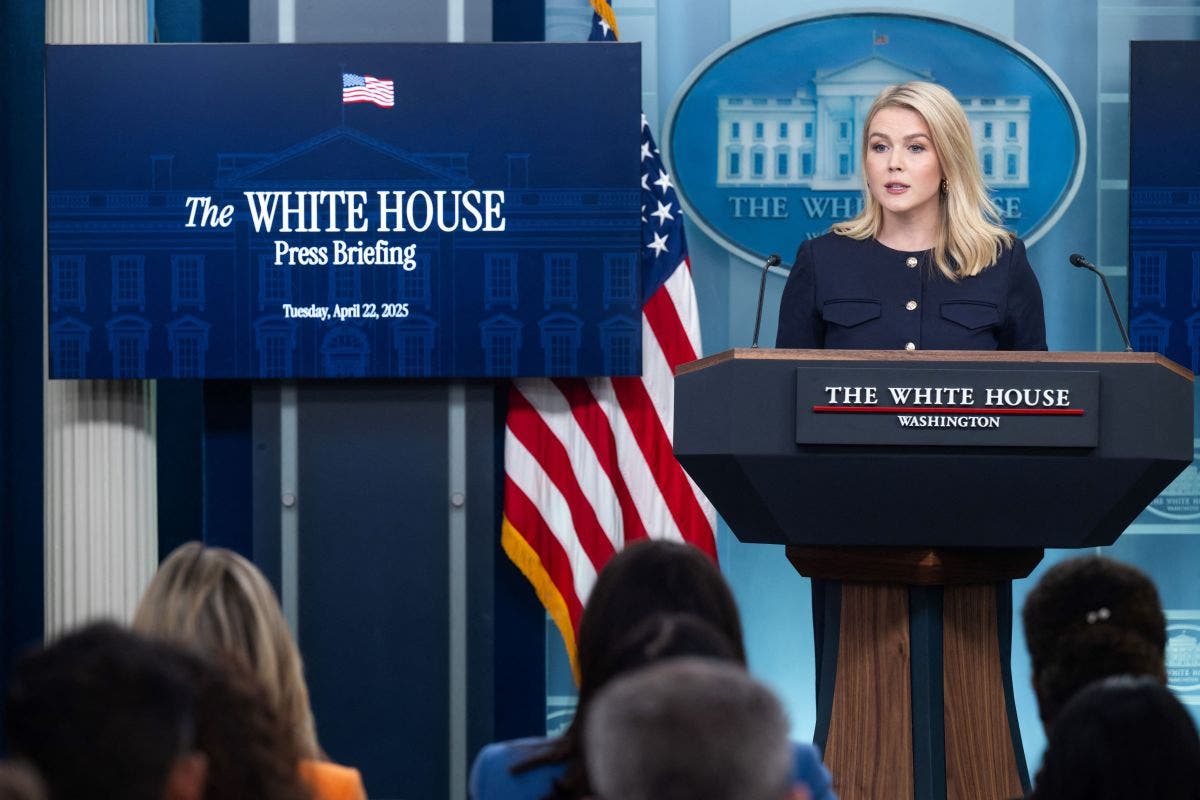**White House Imposes New Restrictions on Reporters, Sparking Concerns Over Press Freedom**
The White House has initiated new restrictions for reporters as of Friday, no longer allowing access to Room 140—also known as the “upper press” room. This move has raised significant concern among leading U.S. media organizations, press freedom groups, and First Amendment advocates.
### Why It Matters
These policy changes limit when and how journalists can access crucial government areas and information. Critics argue that the measures threaten transparency and hinder the media’s ability to hold government officials accountable. The new restrictions at the White House come shortly after similarly controversial rules were implemented at the Pentagon.
### What You Need to Know
According to multiple reports on social media, the White House circulated the new guidelines around 5 p.m. ET on Friday. The memo stated:
> “As a result of recent structural changes to the National Security Council, the White House is now responsible for directing all communications, including all national security matters.”
The memo, shared by Sinclair Broadcast Group National Correspondent Ahtra Elnashar on X, continued:
> “Members of the White House Communications Staff routinely engage with sensitive material. To protect such material and maintain coordination between National Security Council Staff and White House Communications Staff, members of the press are no longer permitted to access Room 140 without prior approval in the form of an appointment with an authorized White House staff member.”
These restrictions parallel a crackdown on the press at the Pentagon under Defense Secretary Pete Hegseth. The Defense Department introduced a new media credential agreement that prominent outlets—including Newsmax, The Washington Post, The New York Times, Fox News, and CNN—have declined to sign.
The Pentagon’s proposed rules require military personnel to obtain official approval before sharing information with the press—classified or not—and empower the department to bar journalists they deem security risks.
### Reactions from the White House and Media
White House Communications Director Steven Cheung addressed the issue on X Friday, stating:
> “Some reporters have been caught secretly recording video and audio of our offices, along with pictures of sensitive info, without permission. Some reporters have wandered into restricted areas (our offices are feet away from the Oval Office). Some have been caught eavesdropping on private, closed-door meetings.”
Cheung added:
> “Cabinet Secretaries routinely come into our office for private meetings, only to be ambushed by reporters waiting outside our doors. The press still has access to the lower press area, where the press team sits and can answer all inquiries. Reporters can make appointments to see us in our offices.”
In response, Weijia Jiang, president of the White House Correspondents’ Association, issued a statement Friday night:
> “The White House Correspondents’ Association unequivocally opposes any effort to limit journalists from areas within the communications operations of the White House that have long been open for newsgathering, including the press secretary’s office. The new restrictions hinder the press corps’ ability to question officials, ensure transparency, and hold the government accountable, to the detriment of the American public.”
Former federal prosecutor Joyce Alene commented on X:
> “WH trying to restrict journalist access there, following ejection of the Pentagon press pool. Bill Clinton tried something similar at the WH, but opposition forced him to relent.”
### What Happens Next?
It remains unclear whether journalists will regain access under revised or rescinded policies. Media organizations and press freedom advocates continue to monitor the situation closely.
—
*Stay tuned for updates on this developing story.*
https://www.newsweek.com/white-house-issues-new-press-restrictions-what-we-know-10975090
